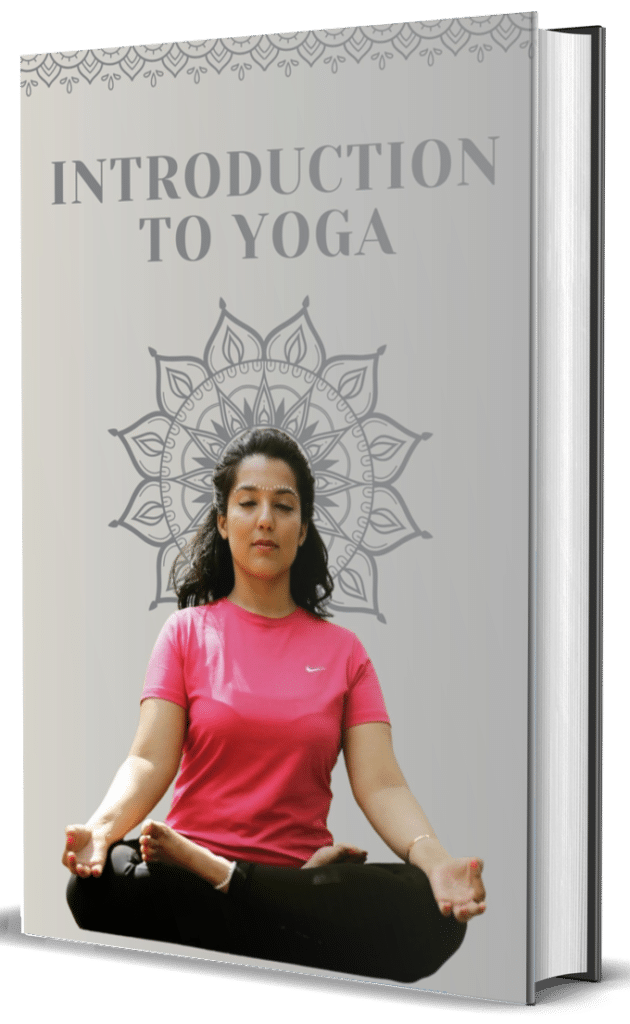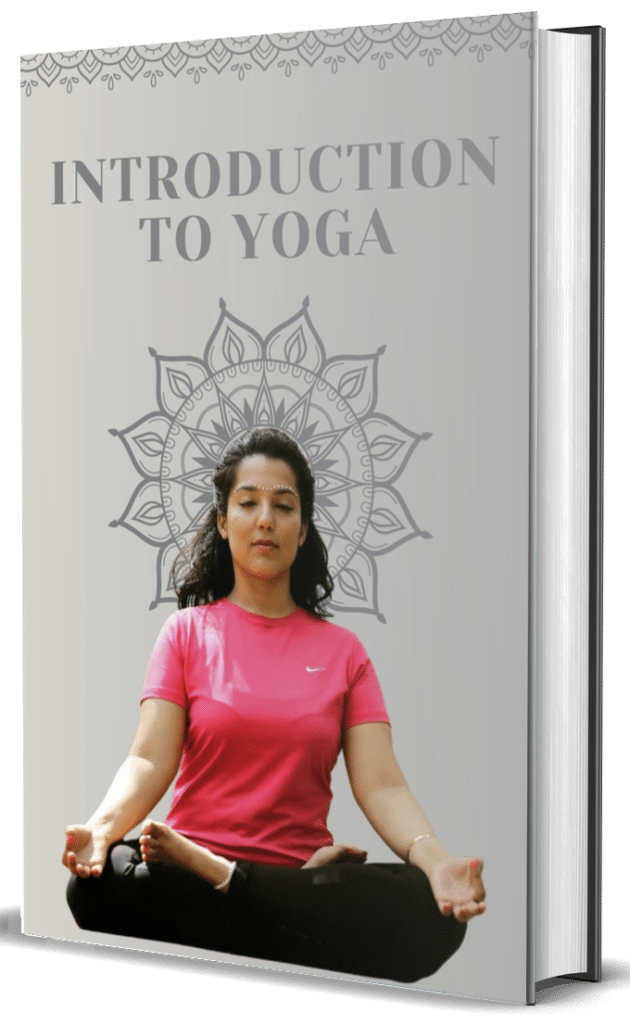Yogasana refers specifically to the physical postures or poses practiced in yoga derived from the Sanskrit words “yoga” (union) and “asana” (seat or posture). While representing just one component of the complete yoga system yogasanas have become the most visible aspect of yoga in contemporary practice. These postures developed over thousands of years were traditionally designed to prepare the body for meditation by creating strength stability and comfort particularly in seated positions. Modern yogasana practice includes diverse pose categories: standing poses backbends forward bends twists inversions balances and restorative positions. Regular practice of yogasanas offers numerous benefits: improved flexibility and strength enhanced posture and alignment better breathing capacity increased energy circulation reduced stress and anxiety improved focus and mental clarity and greater body awareness. Different yoga traditions approach asanas distinctively—Iyengar emphasizes precise alignment Ashtanga follows set sequences Vinyasa creates flowing movements and Yin holds poses for extended periods. Ultimately yogasanas serve as tools for integrating body mind and breath cultivating presence and preparing practitioners for deeper meditative states.



